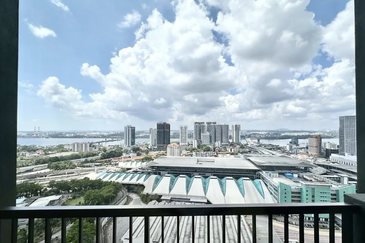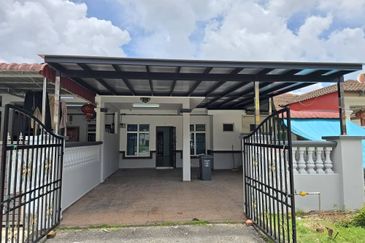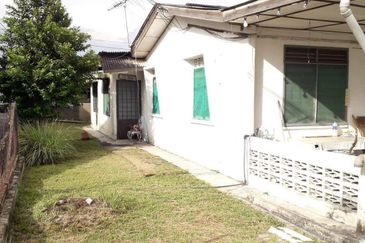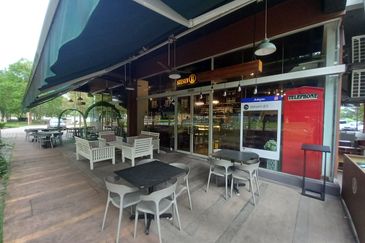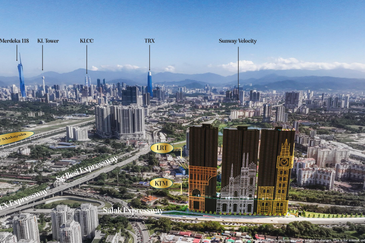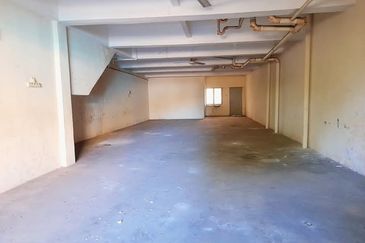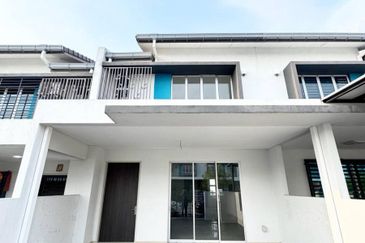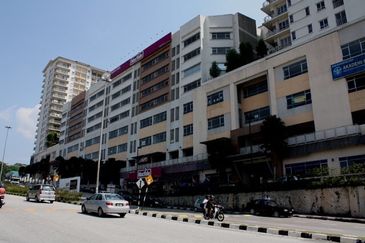
- Nevertheless, Lim said the local steel industry is still challenging as it is grappling with overcapacity issues, which led to low capacity utilisation at an average of 39.1% last year — significantly lower than the world’s average of 75.7%.
KUALA LUMPUR (July 2): After three straight years of growth, domestic consumption for steel is expected to grow further this year, to between 8.3 million tonnes and nine million tonnes this year, according to a forecast by the Malaysian Iron and Steel Industry Federation (Misif).
Misif president Datuk Lim Hong Thye said demand for the commodity will mainly be driven by investment in data centres and the expansion of the semiconductor industry.
“We still see positive growth this year for steel consumption, to grow to 8.3 million tonnes this year, mainly driven by construction of data centres. If infrastructure projects such as the Penang light rail transit kicks in, the demand for steel will go up to near nine million tonnes,” Lim told a press conference after launching the federation's report on the status and outlook for the local iron and steel industry on Monday.
Tech companies like Google had previously announced plans to invest US$2 billion (RM9.4 billion) to house the first Google data centre and Google Cloud region in Malaysia.
Malaysia’ steel consumption, as measured by apparent steel consumption (ASC), fell 26% to 6.8 million tonnes in 2020, from 9.2 million tonnes in 2019, before climbing to seven million tonnes in 2021, 7.5 million tonnes in 2022 and 7.9 million tonnes in 2023 amid steady recovery in the construction sector.
Domestic crude steel production in 2023 exceeded pre-pandemic levels, hitting 7.5 million tonnes, up 4.5% from 7.2 tonnes in 2022, and 8.7% more than the 6.9 million tonnes produced in 2019.
Imports of iron and steel rose 17.3% to 7.3 million tonnes in 2023, from 6.2 million tonnes in 2022. China is Malaysia’s largest source of imports, accounting for 27.9% of total imports, followed by Taiwan, Vietnam, Japan and South Korea.
Exports of iron and steel grew 14.5% to 8.2 million tonnes in 2023, from 7.2 million tonnes in 2022.
Nevertheless, Lim said the local steel industry is still challenging as it is grappling with overcapacity issues, which led to low capacity utilisation at an average of 39.1% last year — significantly lower than the world’s average of 75.7%.
The overcapacity problem is not only in Malaysia but throughout Asean, due to China exporting its excess production capacity, Lim said.
“We are requesting the government to assist us to fight against these unfair imports. This is not only particular to China as their steel mills are also in other countries. We have had a discussion with the government and are still waiting for a directive from them,” Lim said.
Meanwhile, Lim said Misif is also hoping that the government can provide incentives to encourage steel mills to move up the value chain.
It can do so by attracting foreign steel players to invest in steel products that are not being produced locally, which will also allow knowledge transfer that will benefit the local steel industry.
Steel products produced locally are now mainly used for the construction sector.
Looking to buy a home? Sign up for EdgeProp START and get exclusive rewards and vouchers for ANY home purchase in Malaysia (primary or subsale)!
TOP PICKS BY EDGEPROP
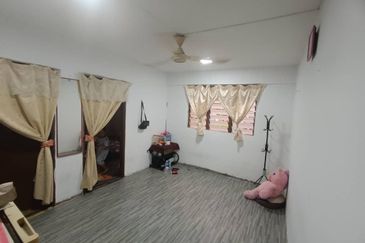
Flat PKNS AU3 (Blok 7 - 15)
Keramat, Kuala Lumpur

Hexa Commercial Centre
Desa Petaling, Kuala Lumpur

Taman Subang Indah PJS 10
Bandar Sunway, Selangor
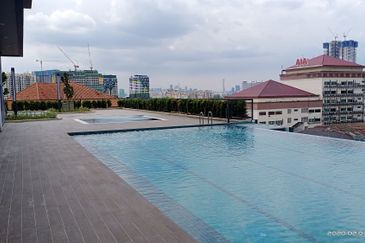
The Sky Residence @ Shamelin
Cheras, Kuala Lumpur






